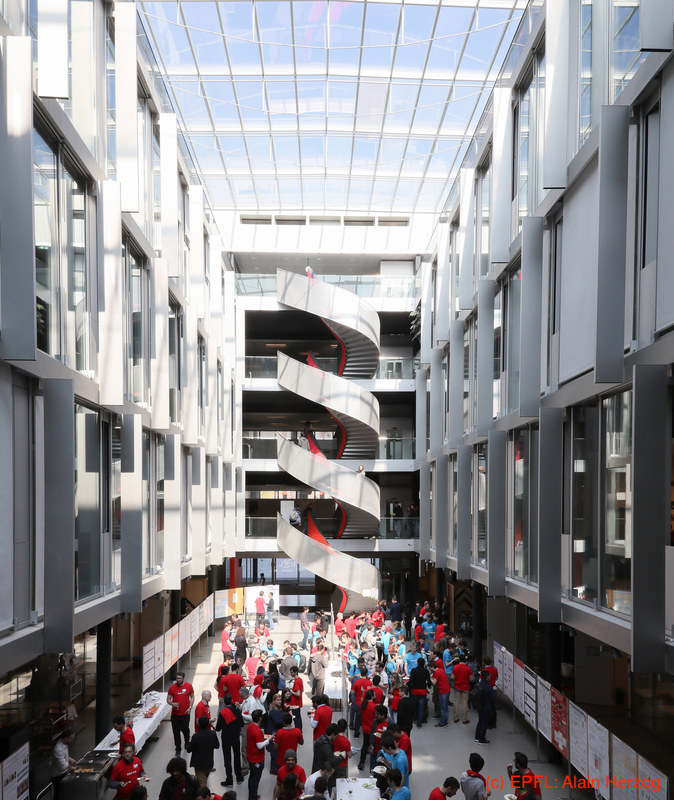
Theory @ EPFL
This is the homepage of the Theory Group in the School of Computer and Communication Sciences (IC School) at EPFL in Lausanne, Switzerland.
If you would like to join the IC School as a graduate student, apply to our PhD program or our MSc program.
We also have positions available for postdoctoral researchers. Applications will be reviewed on a rolling basis starting in early January 2026; application submitted before February 28th, 2026 will receive full consideration.
People
Faculty (and research interests)
- Emmanuel Abbe (mathematics of data science)
- Alessandro Chiesa (complexity, cryptography, security)
- Friedrich Eisenbrand (discrete optimization)
- Nicolas Flammarion (machine learning, optimization)
- Rachid Guerraoui (distributed algorithms)
- Mika Göös (complexity)
- Martin Jaggi (machine learning, optimization)
- Michael Kapralov (sublinear algorithms)
- Arjen Lenstra (cryptography)
- Ola Svensson (approximation algorithms, combinatorial optimization)
- Rüdiger Urbanke (information theory, coding theory)
- Thomas Vidick (quantum complexity, cryptography)
Postdocs
- Nathan Harms
- Dmitry Sokolov (Scientist)
PhD Students
- Jana Cslovjecsek
- Zijing Di
- Marina Drygala
- Giacomo Fenzi
- Martina Gallato
- Grzegorz Gluch
- Ziyi Guan
- Mikhail Makarov
- Gilbert Maystre
- Artur Riazanov
- Kshiteej Sheth
- Anastasia Sofronova
- Moritz Venzin
- Guy Weissenberg
- Weronika Wrzos-Kaminska
- Weiqiang Yuan
- Zuxi Zheng
MSc Researchers
- Konstantin Myasnikov
- Alexander Shekhovtsov
Courses
Undergraduate Courses
Graduate (MSc & PhD) Courses
- CS-448 Sublinear algorithms for big data analysis
- CS-450 Advanced algorithms
- CS-455 Topics in theoretical computer science
- CS-459 Foundations of probabilistic proofs
- CS-526 Learning theory
- CS-542 Computational complexity
- COM-404 Information theory and coding
- COM-417 Advanced probability and applications
- MATH-455 Combinatorial statistics
- MATH-467 Probabilistic methods in combinatorics
Events
For further information regarding activities, sign up to our emailing lists by sending emails to theory-announce-subscribe@listes.epfl.ch and theory-reading-group-subscribe@listes.epfl.ch
- Theory coffee talks (Thursdays at 12:30 in GA 321)
- Theory seminar
- Reading group (coffee and informal talk, Fridays at 15:15 in INJ 114)
- 2023: Winter school on Theoretical Computer Science
- 2021: Quantum interactive proofs seminar
- 2020: Reading group on counting and sampling
- 2020: Winter school on complexity